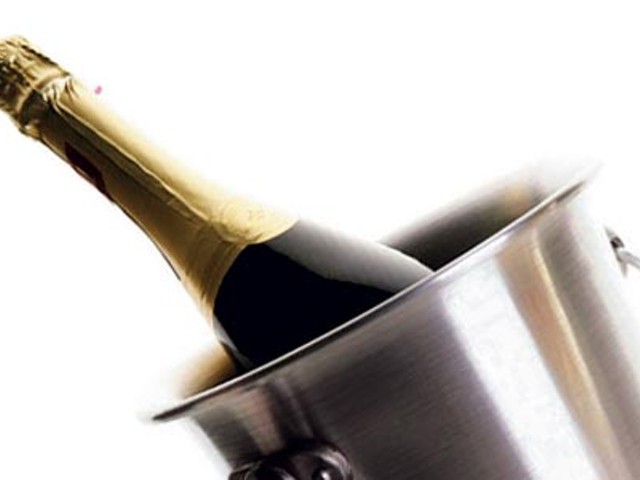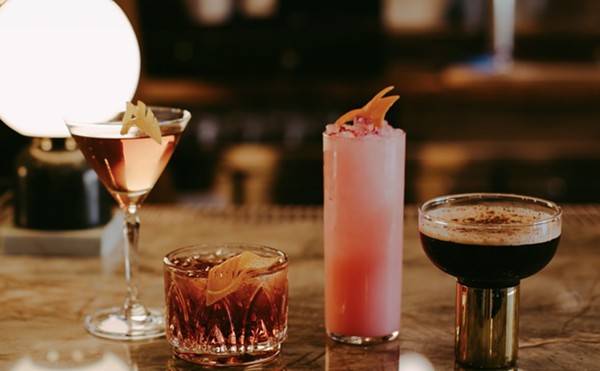I’ve always been a reluctant capitalist, cognizant of the imperative to turn a profit but unwilling to stoop to cookie-cutter methods to achieve it. My default frame of mind is artisanal, personal and sustainable at micro-scale. My approach simply isn’t mass-anything — never has been and likely never will be.
Elsewhere, especially as calibrated to fill supermarket shelves, the production of beer is an industrial undertaking, and it has been for a long time. To me, the craft beer movement of the past quarter-century has been a reaction to this scandalously capitalistic, super-sized state of affairs.
But craft beer isn’t a revolution as such, because in strict historical terms, the shifting of beer making from a limited local scale to an all-encompassing international one was the defining, revolutionary act. In taking the notion of craft-brewed beer back to its local origins, we’re actually staging a counter-revolution, proffering a restoration of sorts.
What makes all of this ironic is that certain stylistic components of the craft beer restoration have both shaped, and been shaped by, the economic and stylistic trends that took beer from the farmstead to the factory. An example of this duality is porter, one of the greatest of cool weather brews.
Like most styles of beer that we can trace back into history’s gloaming, porter began as a localized answer to a specific question: Which existing styles can be blended together at the pub to create a flavor profile demanded by customers?
The locale was London, the pub patrons were porters and workers in the transport trades, and the solution involved mixing old and new ales of different colors together until the combination was just right. Inevitably, profit-seeking brewers began doing the blending at their breweries, and eventually, utilizing advances in malting, they started brewing porter from scratch.
Porter got big — very big. It is said that at one point during the late 1700s and early 1800s, the production of porter reached a sufficiently large scale that brewers in England fought what amounted to an embryonic “press release war,” each claiming credit for using the largest oak vessels to age their porter.
Porter defined an epoch, and then almost as quickly, it began losing its groove. A porter sub-style — stout — became the new flavor of the moment. Abetted by a drier palate and benefiting from selected dollops of perceived modernity, stout supplanted its conceptual forbearer and raced to international prominence thanks to Guinness.
By the mid-20th century, porter had virtually disappeared from its Anglo-Irish natural habitat, surviving in just a few locales in the eastern United States and along the Baltic coastline. When the American craft-brewing movement began gathering steam, embracing those styles forgotten as the world rushed to exalt the technically proficient soullessness of canned golden lager, porter was joyously rediscovered.
Now it strikes me that the pendulum has swung yet again. Even within the most knowledgeable of beer appreciation circles, porter in its straight, unalloyed, classic form gets precious little attention unless it is rigged to incorporate malt smoked from the wood of Cretan olive trees or infused with organically raised coffee beans.
Make no mistake: Creativity is fine by me, but I think porter, in its purest state, is worthy of sampling.
Yes, it’s true that porter has more than one stylistic face. As recently revived in England, brown porter is a step above mild in both strength and character (think Fuller’s London Porter). Most American craft-brewed versions fit the category of robust porter, a step up from brown: medium-bodied, colored darker, roastier and usually hoppier, too. Baltic porter falls into a heavier “imperial” range and deserves a future column all its own.
Robust porter satisfies as a stand-alone pint as well as an accompaniment to food. It complements steaks, ribs and hearty, meat-based dishes, but it doesn’t necessarily overpower lighter fare. I like porter with diverse flavor sensations, ranging from lime pickle to goat cheese to mole sauce. And, any ingredient deemed appropriate when augmenting porter (coconut, mocha, vanilla) suggests an appropriate dessert match.
All five Louisville breweries make a porter to call their own. Try one, and tell ’em I sent you.
Roger Baylor is co-owner of the New Albanian Brewing Co. in New Albany. Visit potablecurmudgeon.blogspot.com for more beer.





